Crops
-
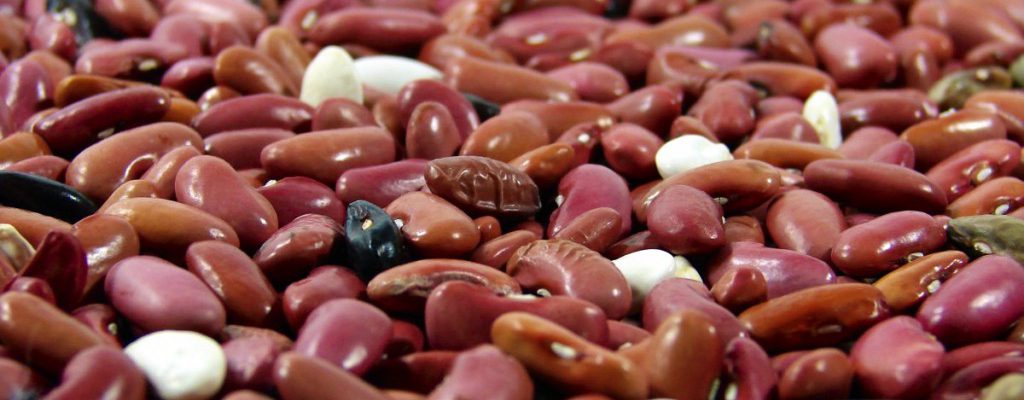
As the climate shifts to warmer conditions and higher carbon dioxide in the atmosphere as well as more variable rainfall, plant breeders are working hard to produce new varieties of crops that are better suited to the new conditions. This story from Modern Farmer discusses how plant geneticists are working to develop high-yielding, stress-resistant cultivars…
-
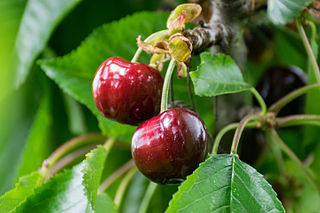
The temperature at the Seattle-Tacoma airport hit 100 F today. Tomorrow and Monday are supposed to be even hotter. The heat wave out west has the potential to break all-time record high temperatures at many places in the northwestern US. Understandably, farmers are worried about the consequences of the heat on their crops. Cherries in…
-
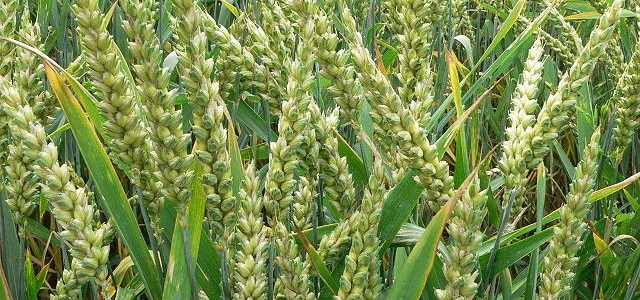
A new study by researchers at Kansas State and North Carolina State Universities shows that warmer nighttime temperatures cause problems in rice and (potentially) wheat, altering their circadian rhythm behavior. This is a concern for farmers because temperatures overnight are warming twice as fast as daytime high temperatures. Warm overnights are linked to higher humidity…
-
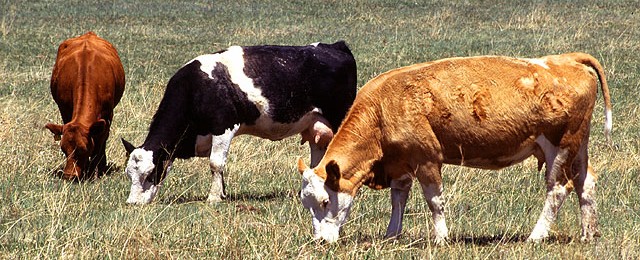
I have way too many tabs open on my Windows computer. Here are some of the collected stories of interest that I have seen over the past few weeks. This batch is mostly stories on national or international climate and agriculture. I will publish a second list tomorrow for more local stories from the Southeast.…
-

The recent dry conditions have caused a lot of problems for forage and pasture, and have delayed the planting of some final cotton and peanut fields, although those conditions are finally easing. But dry conditions are good for some crops that are irrigated, because the lack of moisture reduces the development of many diseases that…
-
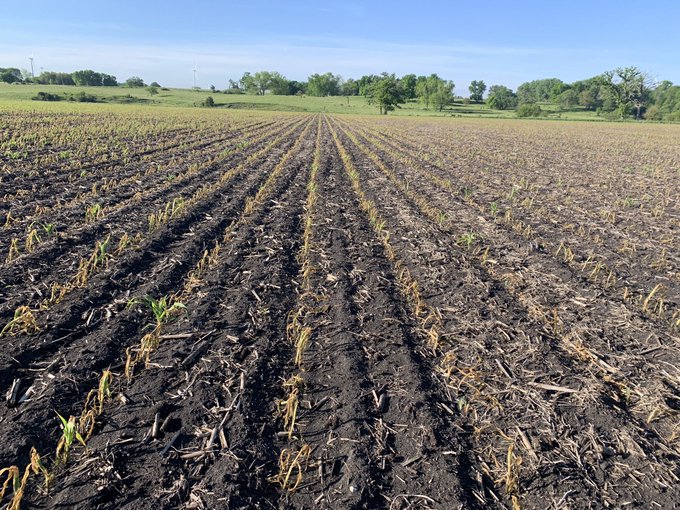
I was up in Michigan this past weekend visiting my mom and experienced some cold temperatures that did not feel at all like late May. In areas farther west and north, they even had frost in some locations, the third latest ever at those spots. Many farmers there are still assessing the damage from the…
-
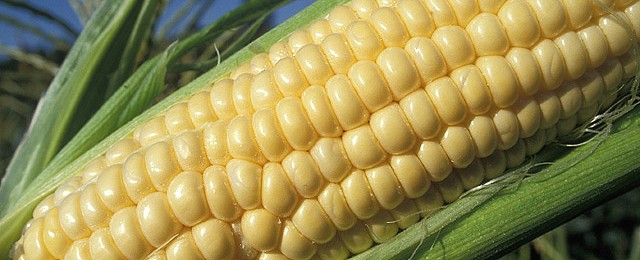
Corn yields are affected by a number of things, so it should be no surprise that they are affected by both maximum (daytime) and minimum (nighttime) temperatures. Heat stress on the hottest days causes the corn plant to shut down, reducing their ability to fill the kernels. Overnight, the science is less clear, with some…